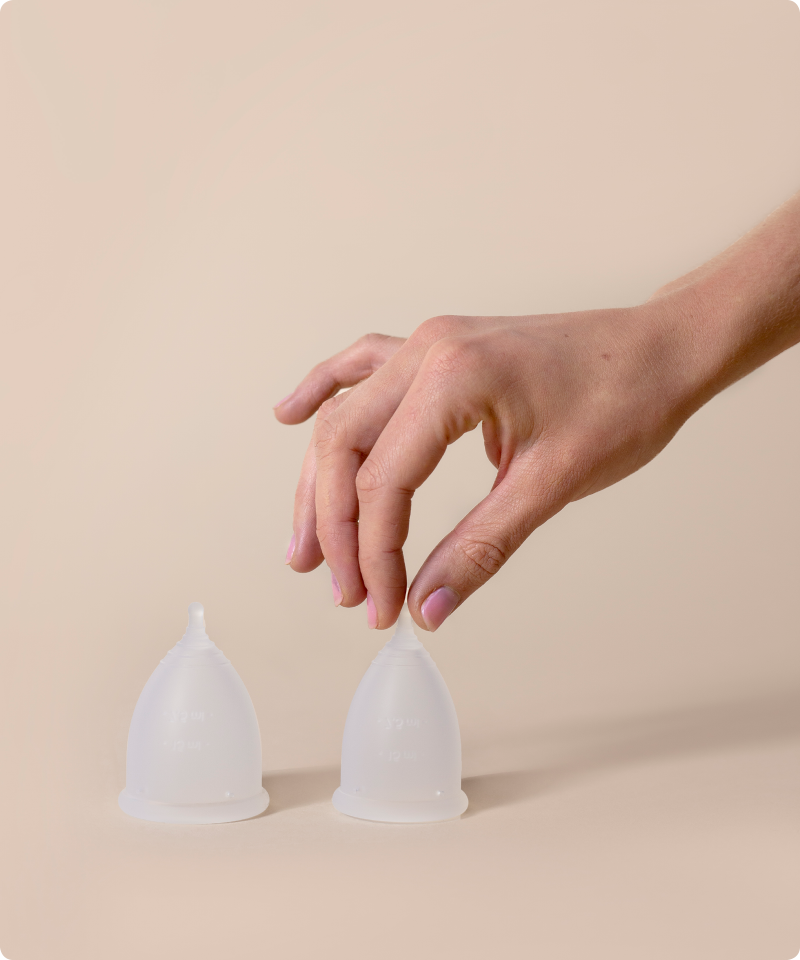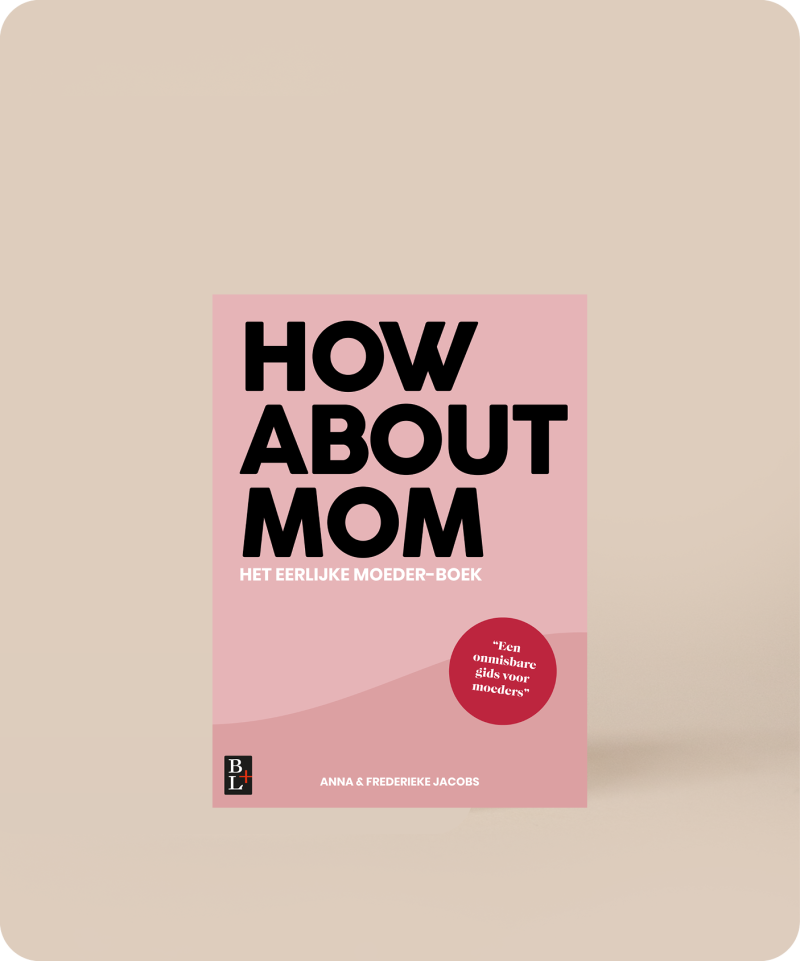The female heart: Symptoms of a heart attack in women
Women+ are often scared of getting breast cancer, which is totally understandable. Breast cancer occurs frequently, and it has severe consequences. But, did you know that many more women die as a result of cardiovascular diseases than from breast cancer? And still, we only know very little about the female heart.
The female heart is different from the male heart
The female heart isn’t the same as the male heart. A female heart beats faster; on average, it beats 3 to 5 beats per minute more than it does in men. Women with a natural cycle also have a slightly faster heart rate after ovulation, the luteal phase of the menstrual cycle. The muscle mass of a male heart is also bigger than that of a woman+ (300 grams versus 250 grams), and the diameter of the coronary arteries is also smaller in a female heart. This influences the capacity of the heart to pump blood around.
During and after perimenopause, the rigidity of the blood vessels increases much more than in men, and this is particularly true for the smaller capillaries in the heart muscle. Due to the decrease in the hormone estrogen, the vasodilatory effect on the capillaries decreases, and they become stiffer. Men suffer from this less often.
Symptoms of a heart attack in women
In the case of a ‘classic’ heart attack, there is a sudden blockage of one of the major coronary vessels. As a result of atherosclerosis, blood clotting is activated, which blocks the coronary vessel. A section of the heart no longer gets oxygen, which causes damage to the heart muscle.
In men (and sometimes also in women+) this often presents itself through aches in the chest, and pain in the jaws and left arm. They’ll look pale, will perspire, and might have an acute cardiac arrest. In women+, there are often (also) many other symptoms that we don’t normally connect to heart attacks. Think of dizziness, extreme exhaustion, shortness of breath, anxious and/or restless feelings, fevers and sweating, nausea (with vomiting), and pain in between the shoulder blades, upper arms, neck, or stomach. These symptoms might be so severe that the pain in the chest isn’t even noticed by women+. They often don’t realize that they’ve had a heart attack, and are more likely to assume that they have been experiencing too much stress, or have gotten too busy. Afterward, these women+ will, for example, turn out to have been tired or out of breath for weeks. All signals that something might be up with the heart.
Coronary artery dysfunction: cramps in the (small) coronary vessels
In women+ under 65 who experience complaints, there will often be no abnormality visible in the coronary vessels. These women are often waved away because, supposedly, nothing is wrong. But the complaints can also point to coronary artery dysfunction, which is an abnormality in the function of the large and/or small coronary arteries. A pressing feeling in the chest, chest pains, and a lack of breath are typical symptoms. During an examination, no constrictions are found, but something is certainly up. This occurs more often in women+ than in men. Usually in women+ between 40 and 65 years old.
There are multiple possible causes:
Vascular spasms in the large and/or small vessels around the heart.
Vessels that cannot dilate properly when the heart needs more oxygen.
The resistance in the small vessels is increased.
The treatment is focused on reducing the symptoms (through lifestyle rules and acceptance) and the use of medication to reduce the severity of the symptoms.
Silent heart attack
As the name suggests, you can have a heart attack without even noticing it. That is very treacherous since you don’t realize that it’s happening. A silent heart attack occurs more often in women+ than in men. It’s still unsure why this is the case.
At the acute moment, it is not recognized that you have suffered a heart attack, but if an ECG or MRI is made later, damage to the heart muscle is found. It is therefore also called an 'unrecognized myocardial infarction'. When it concerns a small heart attack, it might also happen that it isn’t visible in an ECG. There is very little damage to be registered. On one hand, that’s great, but on the other hand, you’ll stay unaware that you’re at risk of a more intense heart attack in the future. That way, you won’t be able to take any preventative measures, even if you’d like to.
Risk factors that women should be wary of!
There are a few risk factors that influence the development of cardiovascular diseases. It is important that women+ (and GPs) are aware of the following ones:
Preeclampsia
Complicated pregnancy(s)
High blood pressure
High cholesterol
Diabetes mellitus
(Hormonal) migraine
Smoking
Early menopause
Cardiovascular diseases in the family
Being too heavy (abdominal circumference above 80 cm)
Stress/not enough sleep
Too little exercise
Preeclampsia
A risk factor that is missing from a lot of lists, but that is very important, is when you experience (severe) preeclampsia during your pregnancy. Preeclampsia is characterized by high blood pressure and proteins in the urine. About 3-5% of all pregnant individuals will get preeclampsia, and if you have PCOS, this risk is even higher.
In this group, you often see, even after many years, that there are complaints about severe fatigue, difficulty with processing sensory information, and difficulty with concentration. A quarter of women who’ve experienced preeclampsia during pregnancy already show signs of heart failure. A thickened heart muscle, damage to the vessel wall, or increased blood pressure is seen. However, the risk of other cardiovascular diseases in the future is also increased.
For this group, it is important to aim for a healthy lifestyle since they have an increased risk of cardiovascular diseases in the future. Pregnancy serves as a kind of stress test for their heart and blood vessels. In most cases, the pregnancy goes smoothly and the cardiovascular function recovers. For some, these changes continue to be present. It’s still uncertain why this is the case, which makes it hard to predict who has a higher risk of contracting cardiovascular diseases in the future. It’s vital that this group gets a follow-up.
When to go to the doctor?
If you suffer from one or more risk factors, it’s important to (keep) pay(ing) attention to them, to know your numbers (have your blood values and blood pressure checked regularly), and to keep working on achieving a healthy lifestyle. For (slight) symptoms it’s always good to get in contact with your GP to discuss them. Don’t let yourself be sent away unheard, and if the symptoms remain be sure to ask for a referral to a cardiologist who is knowledgeable about the female heart.
Want to know more? Here are a few good, informative (Dutch) books about the female heart that are worth reading!
The renewed book ‘Het Vrouwenhart’ by Dutch cardiologist Janneke Wittekoek (released in February of 2024)
‘Hart voor vrouwen’ by Dutch cardiologist Angela Maas
Websites:
The organisation Het Vrouwenhart, www.vrouwenhart.nl
The Dutch heart foundation, www.hartstichting.nl
The British heart foundation, https://www.bhf.org.uk/

























